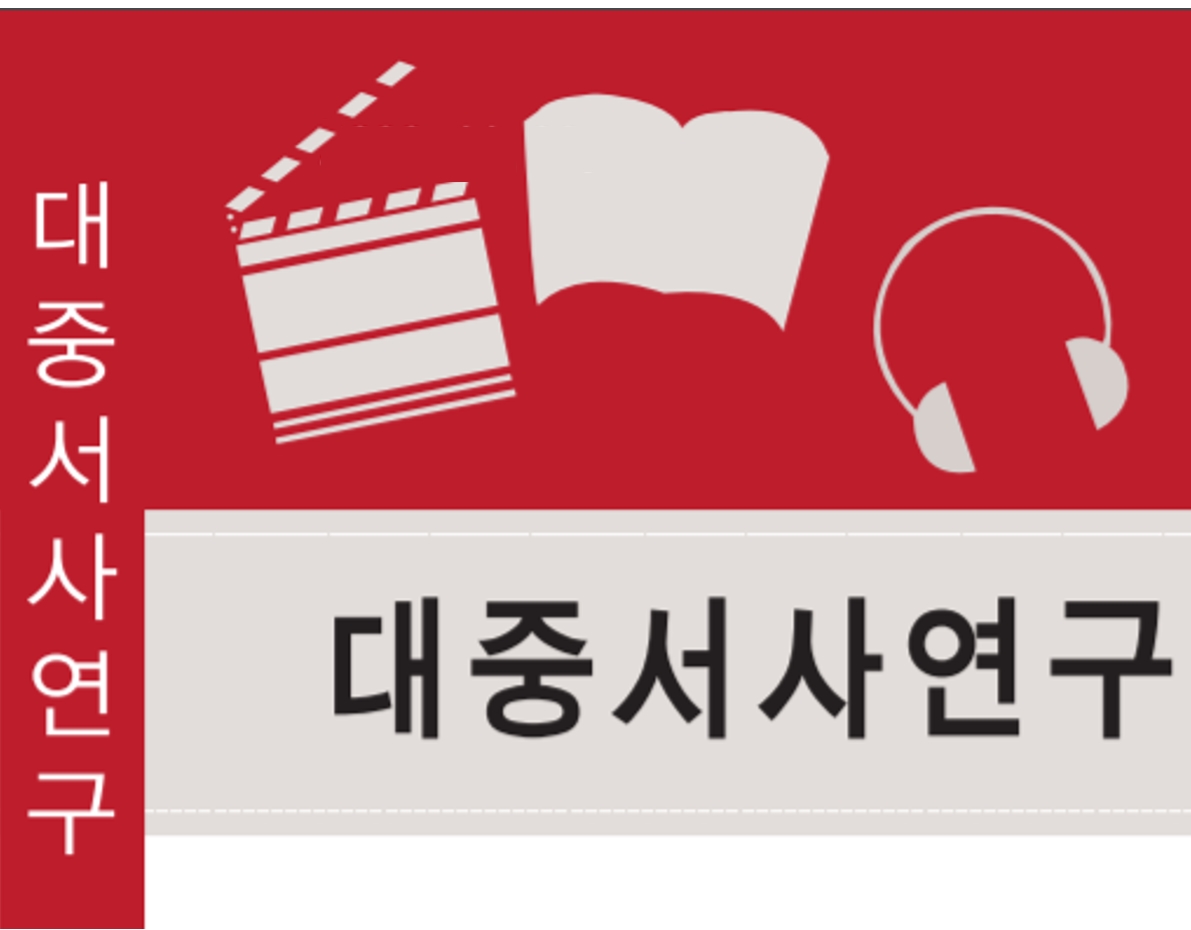대중서사연구
- P-ISSN1738-3188
- E-ISSN2713-9964
 ISSN : 1738-3188
ISSN : 1738-3188
The interpreted Future : Discourse about the Future on Western modern dance -Focussing on Isadora Duncan's Der Tanz der Zukunft (The Dance of the Future, 1903)-
Abstract
This thesis strives to analyze the relationship between the dance aesthetics of Isadora Duncan, who is still considered a representative for Western modern dance, and the scientific discourses of Modern Times. With regard to this thesis, it is especially required to analyze an deciding influence of 'discourse about the future', which was emerged from the industrial as well as the scientifically modernized western world, on Duncan's dance. For this analysis I mainly concentrate on Isadora Duncan's book, Der Tanz der Zukunft, which was translated and published in Germany in 1903. Until now Duncan's dance has been in most cases considered in conjunction with the social and cultural distinctiveness of Modern Era. The women's liberation movement and the appearance of free dance style is one example of this context. However Duncan's initiative for a new kind of movement based on a discourse about 'human nature' was actually very closely related to the modern zeitgeist, which emphasized the dialectical synthesis between Körper (Body) and Geist (Mind). Duncan strove to embody contemporary scientific discourses referring to 'naturality of the human being'. This was anticipated by the evolutionary theories of Darwin and Haeckel as well as the humanistic and aesthetic theories about Greek culture by Wagner and Nietzsche. However it is quite important to note that these modern discourses mostly postulated an explicit separation between the ancient Greeks, respected as ideal model for the human being, and the uncivilized barbarian. Such a distinctive modern perspective on human body and culture is also to be found in arguments of the Western modern dancers like Isadora Duncan, whose mission was to embody 'the civilized nature', so to speak, to be conscious of their own naturalness.
- keywords
- 이사도라 던컨, 서양 근대 무용, 미래 담론, Isadora Duncan, Western modern dance, Discourse about the future
Reference
Duncan, Isadora, übersetzt von Karl Federn, Der Tanz der Zukunft, Leipzig: Eugen Diederichs, 1903
Duncan, Isadora, übersetzt von C. Zell, Memoiren, Zürich; Leipzig; Wien: Amalthea, 1928
가라타니 고진, 박유하 역, 일본근대문학의 기원 , 도서출판 b, 2010
Fuller, Loie, Fifteen Years of a Dancer’s Life, New York: Dance Horizons, 1977(1913)
Gordon, Rae Beth, Dances with Darwin, 1875-1910: Vernacular Modernity in France, Surrey: Ashgate, 2009
Artaud, Antonin, übersetzt von Gerd Henninger, Das Theater und sein Double, Frankfurt a. M: Fischer, 1969
Brandstetter, Gabriele, Tanz-Lektüren, Frankfurt a. M: Fischer, 1995
Brandstetter, Gabriele & Wiens, Birgit, Ohne Fluchtpunkt: ‚Szenische Module‘ und der Tanz der Teile. Anmerkungen zu Szenographie und Choreographie nach Appia, in: dies (Hrsg.), Theater ohne Fluchtpunkt. Das Erbe Adolphe Appias: Szenographie und Choreographie im zeitgenössischen Theater, Berlin: Alexander, 2010
Darwin, Charles, übersetzt von Heinrich Schmidt, Die Abstammung des Menschen, Stuttgart: Alfred Kröner, 1982
Haeckel, Ernst, Natürliche Schöpfungs-Geschichte, Berlin: Georg Reimer, 1902(1868)
Jaques-Dalcroze, Emile, übersetzt von Julius Schwabe, Rhythmus, Musik und Erziehung, Basel: Benno Schwabe & Co., 1921
Koselleck, Reinhart, Vergangene Zukunft, Frankfurt a. M.: Suhrkamp, 1992(1989)
Laban, Rudolf von, Die Welt des Tänzers, Stuttgart: Seifert, 1920
Laban, Rudolf von, übersetzt von Karin Vial und Claude Perrottet, Die Kunst der Bewegung, Wilhelmshaven: Florian Noetzel, 1988
Müller, Hedwig, Mary Wigman: Leben und Werk der großen Tänzerin, Weinheim; Berlin: Quadriga, 1986
Nietzsche, Friedrich, Die Geburt der Tragödie, in: Giorgio Colli & Mazzino Montinari (Hrsg.), Nietzsche Werke. Kritische Gesamtausgabe Ⅲ1, Berlin: Walter de Gruyter, 1972
Steiner, Rudolf, Eurythmie, Dornach: Rudolf Steiner, 1986
Wagner, Richard, Das Kunstwerk der Zukunft, Leipzig: Verlag von Otto Wigand, 1850
http://www.sk-kultur.de/tanz/duncan/seiten/doku2.html
- Downloaded
- Viewed
- 0KCI Citations
- 0WOS Citations
